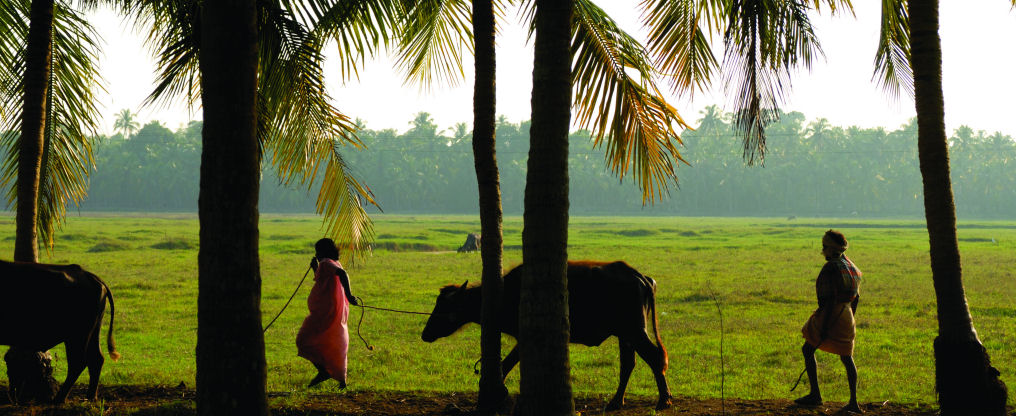Kerala is one of the smallest states in India covering only 1.3 per cent of the total area of the country. The state accounts for 1.18 percent of India’s land area, but it has about 4.8 percent of the country’s water resources. However, the population density of the state, 747 per square kilometer is much higher than the national average of 267 per sq. km.
But despite getting an annual average rainfall of 3000 mm which is 2.5 times higher than the national average and having two monsoons spread over six months, the state has been experiencing water scarcity since 1980. Rivers that were perennial until a few years ago turn into beds of sand during the lean months, and wells dry up before the summer peaks.
Among the states, Kerala has been conventionally placed as ‘water safe’ economy. In spite of heavy annual rainfall, high ‘well density’ and numerous rivers and ponds, the state of Kerala is paradoxically situated among the country’s lowest per capita ground water availing state.
The climate of the state is typically tropical with seasonally excessive rainfall and hot summer. The state of Kerala is situated in the humid tropics with two prominent rainy seasons of south-west monsoon and north-east monsoon. Over 90 per cent of the annual rainfall is received during the South-West monsoon which sets in by June and extends up to September and also from the North-East monsoons during October to December. kerala is blessed in abundance of rainfall of about 3000 millimeters on an average annually, which is close to three times the national average of 1170 mm Even after getting this heavy rainfall,
Due to the undulating topography the rainwater find an easy outlet through the reverse to the Arabian Sea. It is observed that Kerala has less freshwater per capita than the desert state of Rajasthan.
Over 60 percent of the geographical area of the state is covered by laterites and lateritic soil, encouraging little infiltration . So the state experiences severe summer from January to May when the rainfall is minimum. According to central ground water board, Annual Replenishable Ground Water Resource is 6.84 BCM.
As rainfall is the main source of water availability in the state, any failure in the southwest or northeast monsoon will affect the availability of drinking water, electricity production and agriculture and hence the livelihood of the population.
A few numbers of site-specific studies explained the ‘scarcity in the midst of plenty’ due to several reasons such as high rain water runoff, loss of forest cover, sand mining, reclamation of paddy fields, etc.

Kerala Scenario - Scarcity in the midst of plenty
